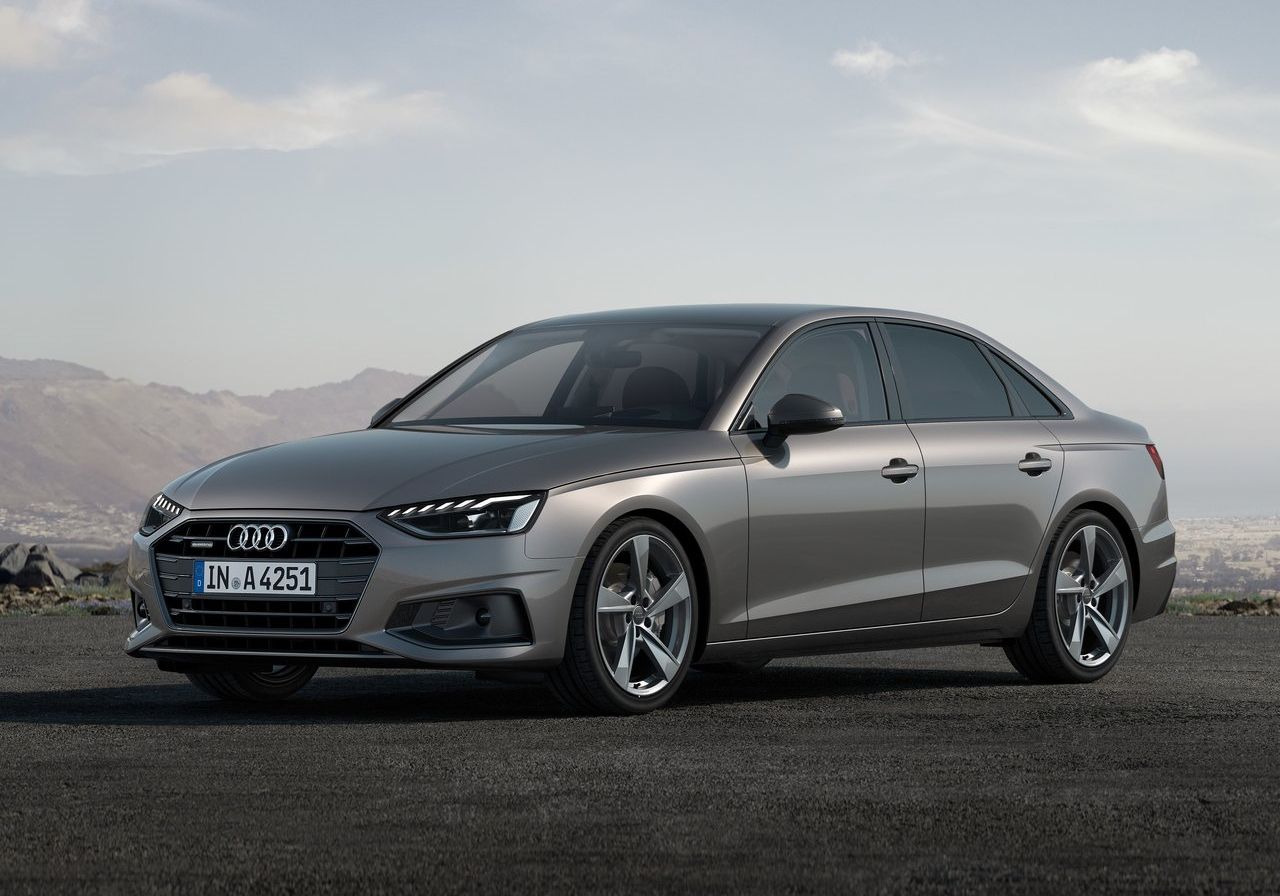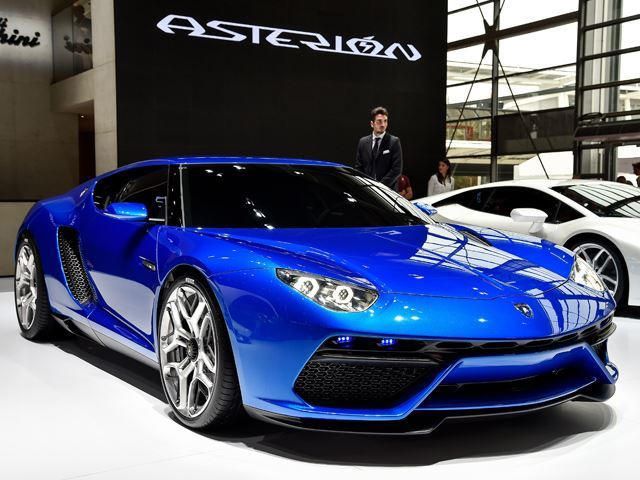At the 2014 Paris Auto Show, Lamborghini dropped its answer to the hybrid hypercar trinity in the form of the Lamborghini Asterion and subsequently dropped the mic. Being Lamborghini, the car wasn't actually supposed to compete with the Ferrari LaFerrari or Porsche 918 Spyder, but the hybrid technology that debuted on the car had the potential to migrate to higher-up Lambos after using the Asterion as a test bed. So why shouldn't Lamborghini make this car?
After all, even though the Asterion was axed in favor of building the Urus SUV, Lamborghini shouldn't sleep on this goldmine of a car. Not only does the Asterion offer the potential to be a Lamborghini halo with its proposed 910 horsepower powertrain, but it can easily be altered to create an entirely new car that would offer buyers a Lamborghini-branded alternative to the Ferrari California T or McLaren 570 GT. Lamborghini cleverly kept the tradition of naming each of its cars after a bull by naming the car "Asterion" after the half man-half bull minotaur in Greek mythology. Next time, Ferrari should take notes when trying to pick a name for a hybrid hypercar.
Regardless, the plug-in hybrid drivetrain combines a 610 horsepower 5.2-liter V10 stolen from the Huracan with three 100 horsepower electric motors, two for the front and one buried in the transmission to regenerate energy when braking and help the petrol engine power the rear tires. The total power output of 910 horsepower would make this the most powerful Lamborghini ever made. However, the fact that the Asterion is a hybrid is not the only reason this car would mark a first of many kinds for Lamborghini. It would also break new ground by being the only grand touring Lamborghini in a lineup full of supercars and go-fast wedges of carbon fiber.
With a taller and more cushy ride height, a luxurious interior, and adjustable suspension that could make long trips and track work a breeze, the car turns into a practical Lamborghini. Hypothetically it could be as good of a daily driver as an Aston Martin and as fast around the track as any Ferrari. Adding to the Asterion's functionality is 30-miles worth of electric-only driving stored in battery packs that occupy the space usually reserved for the Huracan's front axle prop shaft. Practicality aside, the Asterion would slot nicely between the Urus and the rest of the Lamborghini line up and offer something in between the traditional supercars and Urus. If it didn't want to go this route, Lamborghini has other options.
The company could decide to keep the Asterion's four motors pumping out all 910 horsepower as initially proposed. This ensures that the car could go be a hardcore hypercar for garage, track, and car show duty. On the other hand, if Lamborghini wanted to create an entry-level car that would slot below the Huracan, it could easily take out the electric motors and create a Ferrari California T competitor or even an Audi R8 beater. Despite being a departure from the "normal" styling and engineering setups of most Lamborghinis (not like the Urus is normal), a production Asterion stands to serve at worst as a testing ground for future Lambo hypercar tech and at best as a mainstream grand tourer.


